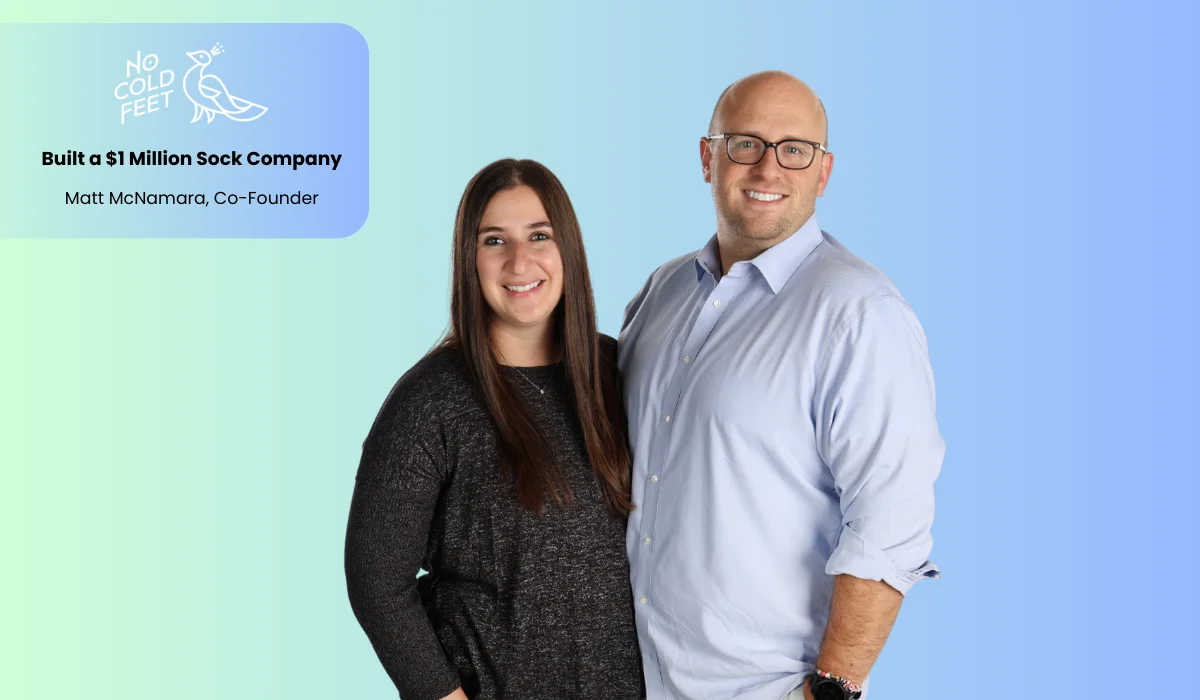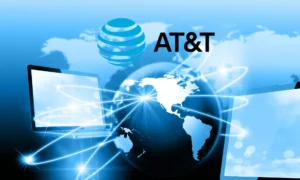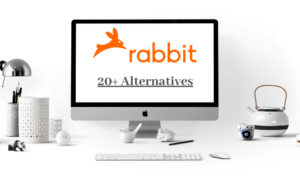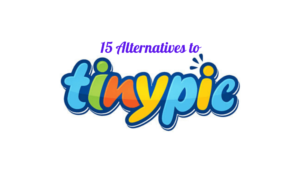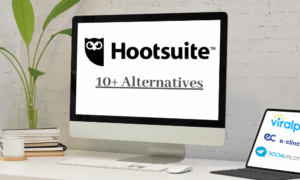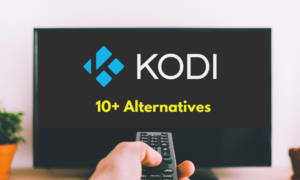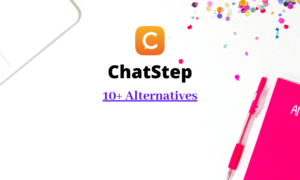My name is Matt McNamara, and I’m one of the founders of No Cold Feet, a business I started with my wife, Mari. We didn’t come from fashion—we both had marketing backgrounds—but we saw an opportunity to make wedding socks more meaningful. Not just an afterthought, but something personal, well-designed, and gift-worthy.
It started with socks. Not just any socks—sharp, gift-worthy socks for weddings that didn’t feel like a throwaway detail, but a way to tell a story. A way for a groom to thank his groomsmen. A way to walk into one of life’s biggest moments with a little more personality, confidence, and coordination.
No Cold Feet is an e-commerce business that began with one category—wedding socks—and grew into a gifting brand built on purpose and quality. Our first $1 million in revenue came after eight years of bootstrapping and building our business. It came from identifying an underserved niche, building for that customer, and scaling intentionally.
Here’s how we did it…
🎯Starting with Purpose: Our DTC Business Model
How one niche product—and a lot of intention—launched our journey
We started working on our business in 2016, but selling our first pair of socks in 2017. Our original intentions were to launch and grow a shopify store but our initial success on Etsy took over for the next 4-5 years. We focused on physical products—socks—that were stylish, high-quality, and giftable. We eventually expanded our offerings to other wedding-related gift items but socks have been a staple since the beginning.
What set our model apart was the intentional alignment with gifting. Every element of the product experience—from the packaging to the personalization to the messaging—was designed to be thoughtful. Grooms could personalize socks with names, roles, or wedding dates. Every order was packaged like a gift, ready to hand off or unwrap. We weren’t trying to compete with big-box brands on price or speed. We were winning on meaning.
We eventually launched on Amazon, which significantly grew our revenue. Ultimately, however, our desire to really own and curate the customer relationship and experience is driving us to double down on our own website.
In 2024, we went through a rebrand to expand beyond weddings and into broader gifting occasions—birthdays, holidays, client gifts—but the DNA remained the same: socks for moments that matter.
💡 The Breakthrough Strategy: Owning the Wedding Sock Category
Focused insight + underserved market = traction
We didn’t have a huge launch. No PR splash. No influencers. We quietly built our initial website and launched our Etsy shop. What we did have was a single, focused insight: wedding parties were a high-intent, high-emotion moment where people wanted to gift something thoughtful, and were willing to spend.
My personal experience with purchasing socks for his wedding left a bit to be desired. If you went to Nordstrom, you had lots of options but few that represented a younger demographic. Additionally, only a few pairs of any given style were out on display, forcing you to engage with staff to ultimately be told they don’t have 8+ of that pair in stock.
If you went to Express, they had brighter colors that spoke to the demographic better. They even had tons in stock and on the rack. But you were going to pay a lot for those socks.
So, I thought he could do better. If there was an online shop where you could get nice colorful designs, ideally matching popular wedding colors, and pay less for each additional sock, it would be a winning combination. That turned out to be true.
Most wedding gifting options were often cliché, impersonal, or very expensive. We knew socks could be different. Coordinated wedding-day attire? Check. Personalized touch? Check. Reusable after the big day? Absolutely.
Our initial success came from positioning ourselves as the go-to sock for weddings and leaning into that niche fully from colors to marketplace. This focus gave us traction, and that traction gave us momentum.
As we expanded, the real breakthrough to the $1MM+ mark was launching on Amazon. This was slow to grow, but once we found our footing, it really exploded.
📈 Channels That Fueled Our Growth
A breakdown of what worked and how we approached each platform
1. NoColdFeet.co (Our own Shopify store)
While our website hasn’t been a major revenue driver yet, it has played a critical role in legitimizing our online presence. Strong wedding-focused lifestyle photography has helped us tell our brand story and showcase our products in a way that builds trust and makes purchasing an easy decision, regardless of where customers ultimately convert.
As we look ahead to 2025 and beyond, our website is central to our growth strategy. We want to own the customer relationship and position No Cold Feet as the go-to destination for occasion-based sock gifting.
2. Etsy (A Discovery Engine for Personalized Gifts)
Etsy gave us instant access to an audience actively searching for personalized wedding products. While we maintained our own storefront, Etsy functioned as a powerful discovery channel and was responsible for a meaningful share of our early revenue.
Crucially, we treated it as more than a transactional channel—our packaging, messaging, and customer service were all aligned with our brand values.
Though Etsy now makes up a smaller portion of our revenue, both in dollars and percentage, it continues to be a valuable income stream. Even before the recent decline, we recognized the importance of diversifying and began expanding to other marketplaces while doubling down on our own site to reduce reliance on third parties.
3. Amazon (Scale Meets Strategy)
Amazon was a strategic next step as we looked to scale beyond Etsy. It offered unmatched reach and buying intent—but came with the challenge of standing out in a crowded, price-driven marketplace.
We focused on differentiating through elevated product photography, optimized listings, and thoughtful packaging that mirrored our brand experience elsewhere. While Amazon’s fee structure and limited customer ownership aren’t ideal, it gave us exposure to new types of customers, including corporate gift buyers and last-minute shoppers who might not have found us through Etsy or Google.
Like Etsy, we view Amazon as part of our broader sales mix, not the endgame. It’s an effective revenue channel, but our long-term vision is still centered around building brand equity and loyalty through our own site.
🚧 Challenges on the Road to $1M
What we overcame to scale a bootstrapped business
No Cold Feet was bootstrapped. That meant every dollar mattered, and every operational decision had downstream consequences. A few challenges stood out as we scaled:
1. Seasonality
Weddings are seasonal. Our demand spiked in the spring and summer and slowed in winter. That created cash flow and inventory planning challenges. We overcame this by diversifying into holiday gifting (e.g., Christmas socks, corporate gifts) and building evergreen bundles that weren’t tied to weddings.
2. Operational Complexity
As our product catalog expanded, with increasing variations in colors, patterns, personalization roles, and packaging options, managing inventory and fulfillment without a formal system became unsustainable. We were tracking everything manually, which led to inefficiencies, stock discrepancies, and occasional order issues.
To address this, we’ve begun implementing inventory and operational systems to bring structure, visibility, and automation to our backend. This shift is part of a broader effort to professionalize the business and lay the groundwork for reliable, scalable growth.
3. Staying Differentiated
Once we found traction, copycats emerged. Some even copied our product descriptions word-for-word. Instead of racing to the bottom or trying to out-discount them, we stayed focused on what made us unique: our brand voice, our commitment to customer experience, and the thoughtful way we packaged every order. That differentiation helped us retain pricing power and loyalty.
🗓️ The No Cold Feet Timeline to $1M
8 years of steady, sustainable growth
We crossed $1M in total revenue in 2024. The journey took time, but I’m not sure we ever expected to get that large.
Our first year was focused on validating demand—we launched scrappily. Years 2-7 we focused on expanding our product line in deliberate ways while seeing year-over-year growth every year.
We never chased hypergrowth. From day one, our aim was to build a resilient, profitable business that could support itself and serve customers well. That meant growing at a sustainable pace, even if it took longer to hit major milestones.
Biggest Lessons From Building the No Cold Feet Brand
If we could sit down with ourselves from year one, here’s what we’d say:
1. Own Your Niche
Start small. Own a niche. The more narrowly you define your ideal customer, the easier it is to speak to them, design for them, and build loyalty. You can always expand later, but traction comes from focus.
2. Invest in the Unsexy Stuff Early
Be thoughtful about decisions. Register your business and get all the numbers and identifiers you need. Work with a good accountant and hire a bookkeeper earlier. Write down your SOPs. Use software/tools to support small teams. These don’t grab headlines, but they’re the foundation for sustainable growth. We built internal tools and used even more external tools, hired staff, brought in temporary help, and thought about operations at a larger scale than where we currently are.
3. Turn a Commodity into an Emotional Gift
Gifting = Emotion + Execution
A sock is, arguably, a commodity clothing item. So what will make it stand out? You need to attach emotion to that item. When your product is a gift, you’re part of someone’s story. That means the details matter. Packaging, timing, presentation—those elements create delight and drive repeat purchases. Build for that moment and don’t cut corners.
Related: How Dmytro Gryn Built Jooble into a Job Search Giant That Attracts 90M Monthly Users
One Piece of Advice to Founders Chasing Their First $1M
If you want to go fast, go blazingly fast. If you want to go slow, be methodical. But whichever path you choose, commit to it fully.
Too many founders get caught in the middle: moving too slowly to test bold ideas, but too hastily to build a solid foundation. The key is alignment. If you’re chasing fast growth, embrace it—test aggressively, take risks, and don’t be afraid to break things. If you’re building more deliberately, then optimize for learning, process, and long-term sustainability.
We chose a slower, more intentional route. That meant staying lean, listening to customers, and scaling only when we had confidence in our operations and product-market fit. It wasn’t always sexy or viral, but it was steady—and it worked.
Whatever your approach, be clear-eyed, stay focused, and don’t try to split the difference.
Loved this brand story? Drop a comment below or share it on your favorite social platform — you never know who it might inspire.
Got a story of your own? We’re always on the lookout for bold journeys and breakthrough ideas. Submit your brand via our contact form, and you just might see your story featured on Solution Suggest for the world to discover.
I’m Matt McNamara, one of the founders of No Cold Feet, which I started alongside my wife, Mari. Neither of us comes from a fashion background—instead, we both bring marketing experience to the table. Before No Cold Feet, I managed multiple e-commerce sites and operations, and I have a strong technical foundation from years working with a SaaS/IoT platform. Nowadays, I’m focused full-time on growing No Cold Feet as well as a new, unrelated business venture.

